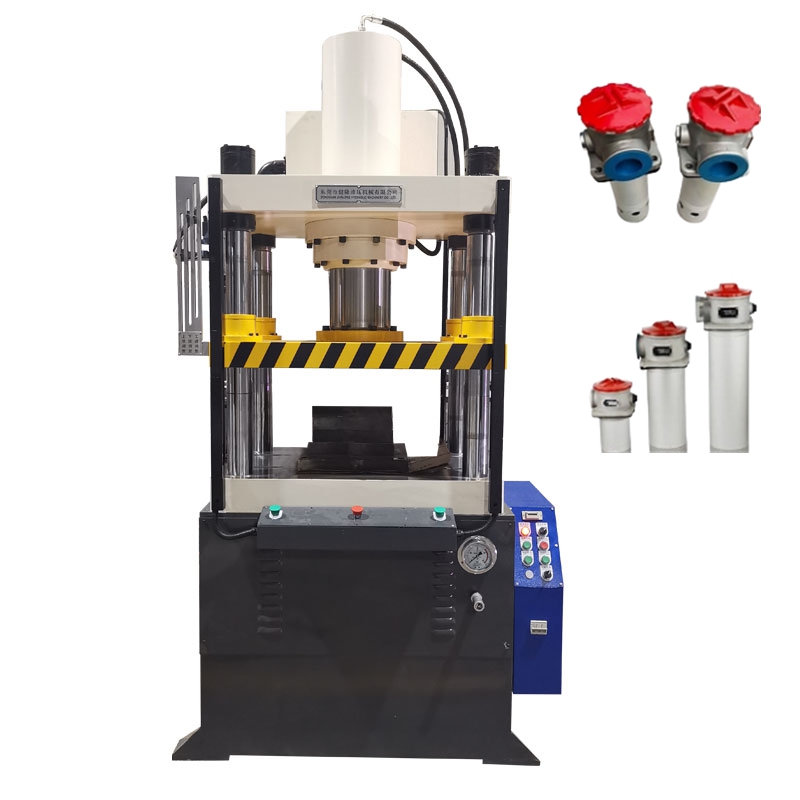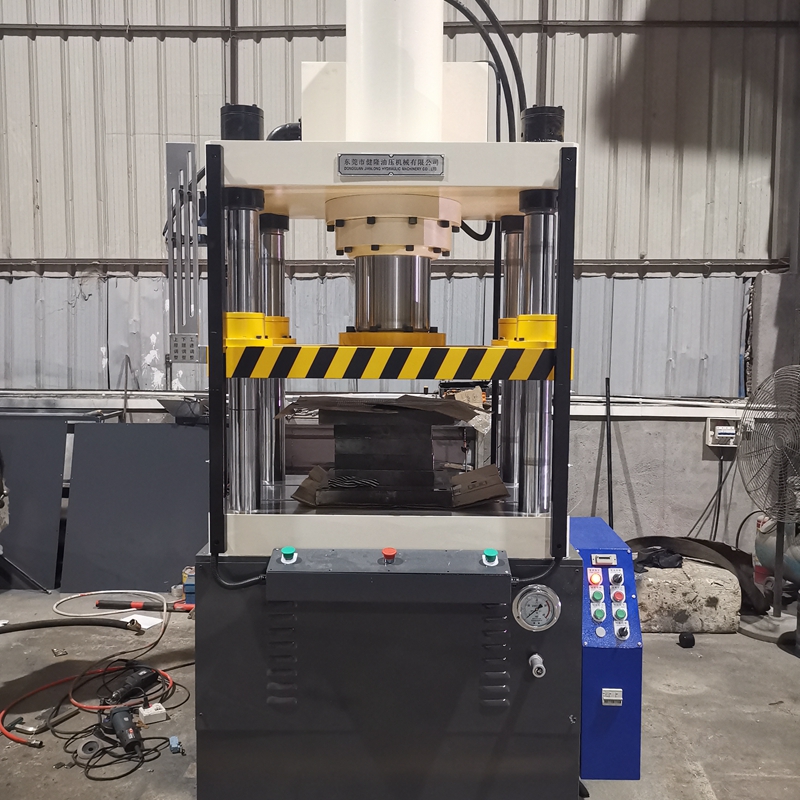Hydraulic filter replacement is directly related to the lifespan and reliability of the hydraulic system. Like hydraulic oil, there's no fixed schedule for hydraulic filter replacement; it must be determined based on actual conditions.The following are recommendations compiled by Jianlong Hydraulic Technology editors on determining when hydraulic filters need replacement, for your reference when choosing hydraulic filters.

1. Core Principle: Replace as Needed, Not Periodically
Blindly replacing filters regularly will either result in unclogged filter elements being wasted (increasing costs) or clogged elements not being replaced in a timely manner (causing system failure). The most scientific principle is "replace as needed."
2. Three Criteria for Filter Replacement (From Best to Most Basic)
2.1 Best Criteria: Relying on an indicator or monitoring system (the most scientific and recommended), this is the ideal method for modern hydraulic systems.
2.1.1 Visual Pointer Indicator (Mechanical): The filter element has a red pointer or an eject button. When the filter element gradually becomes clogged and the differential pressure between the inlet and outlet increases to a set value (usually 0.8 to 3.5 bar, depending on the filter element model), the needle will enter the red zone or the button will pop out. Once the needle enters the red zone or the button pops out, the filter element must be replaced immediately.
2.1.2 Electronic Pressure Sensor and Alarm: Higher-end equipment will be equipped with a differential pressure sensor. When the differential pressure across the filter element exceeds the specified value, an audible and visual alarm (such as the "clogged filter" alarm) will sound on the operator's display. If this alarm sounds, the filter element must be replaced immediately.
Note: If the equipment alarm sounds during a cold start (when the oil temperature is low and the viscosity is high) but disappears after the oil temperature returns to normal, this is normal and the filter element does not need to be replaced.
2.2 Secondary Standard: Based on Oil Cleanliness Testing (Highly Scientific)
Routinely sample and test the hydraulic oil to determine its cleanliness level (e.g., ISO 4406 code). If the test report shows a continuous deterioration in cleanliness levels and exceeds the target cleanliness level (for example, the system requires NAS Level 7, but the test results have reached NAS Level 10), even if the filter does not display an alarm, it may indicate that the filter has failed (due to damaged filter media, improper installation, or insufficient filtration efficiency) or that contaminants are being generated at an excessive rate. In this case, the filter element should be inspected and replaced, and the source of contamination should be investigated.
2.3. Basic Standard: Based on Time/Operating Hours (Conservative Estimate)
If the above conditions are not available, only the equipment manufacturer's manual recommendations and experience should be used as a guide.
2.3.1 Initial Replacement: After the first 500 hours of operation for new equipment or after an overhaul. This is because a large amount of wear debris is generated during the run-in period.
2.3.2 Periodic Replacement:
★ Suction Filter: It is recommended to inspect or replace every 1000-2000 hours. It only protects the oil pump and has a lower accuracy.
★ Pressure Line Filter/Return Line Filter: This is the core filter that protects critical valve components. Manufacturers generally recommend replacement every 2000-3000 operating hours. ◦ ★ Circulating filter (offline filtration): Because it operates independently of the main system and carries a lighter load, the replacement interval can be longer, but it is recommended not to exceed 3,000 hours.
★ Important Note: This time period is significantly affected by operating conditions and must be adjusted flexibly.

In short, trust your indicator. If it doesn't, refer to the oil test data. If neither is true, make a conservative replacement based on operating time and operating conditions. Always remember that the cost of replacing a filter element is far less than repairing a hydraulic pump or servo valve damaged by contamination. For more information/advice on hydraulic filter replacement or to purchase other high-quality hydraulic equipment, please contact us (or scan the WhatsApp QR code below). Jianlong Hydraulic Technology will provide you with personalized, customized professional solutions and is dedicated to serving you.

Contact: Jojo
Phone: 18822971180
E-mail: lifuyan78@gmail.com
Whatsapp:+8618822971180
Add: Guangyi Industrial Park, No.2 Jinfu West Road, Tanglip, Liaobu Town, Dongguan City, Guangdong Province, China
We chat
